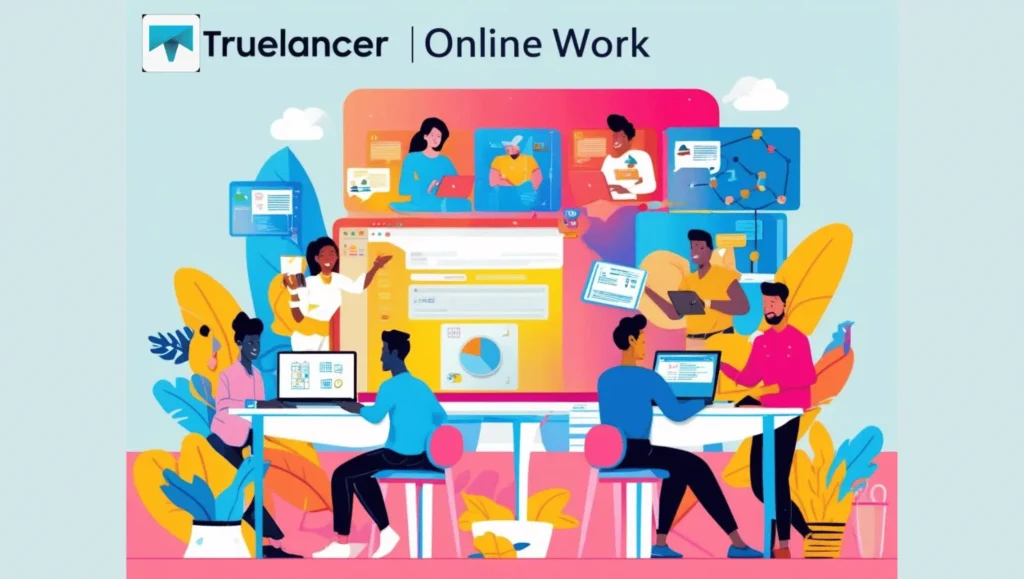No financial investment is required, but freelancers need to spend time crafting proposals and possibly taking skill tests to improve their chances of getting hired.
Income is directly tied to work completed. While freelancers can increase rates or hire subcontractors, it does not scale infinitely like automated or passive income models.
There is no passive income on Truelancer. Earnings stop if work stops, making it less favorable for those seeking long-term, automated income streams.
Freelance services have high demand globally, particularly for digital skills. However, some industries are more competitive than others.
The platform is competitive, especially for beginners. Success depends on profile ranking, reviews, and pricing strategy, making it harder to stand out.
Users must bid on projects, get hired, and complete work before receiving payments. This is not an instant-earning platform.
Freelancing remains a stable career option as digital services continue to grow, but income fluctuations exist due to client demand and platform policies.
Many new freelancers struggle to land jobs, and competition makes it difficult to guarantee success. Effort and persistence are needed to build a steady income.
Newcomers can start but must prove their skills to get jobs. The presence of experienced freelancers makes it challenging, though not impossible.
The freelancing market is adaptable, but changes in platform policies, AI automation, and economic shifts can affect job availability.
The platform is accessible worldwide, but regional factors, language barriers, and payment restrictions may impact freelancers in some countries.
Some jobs require no experience, but most high-paying projects demand expertise in a specific field, making skill development essential.
Payments are secure, but freelancers may face delays due to client approvals and platform processing times.
Unlike effortless income sources, Truelancer requires ongoing effort, bidding, and delivering quality work to earn consistently.
